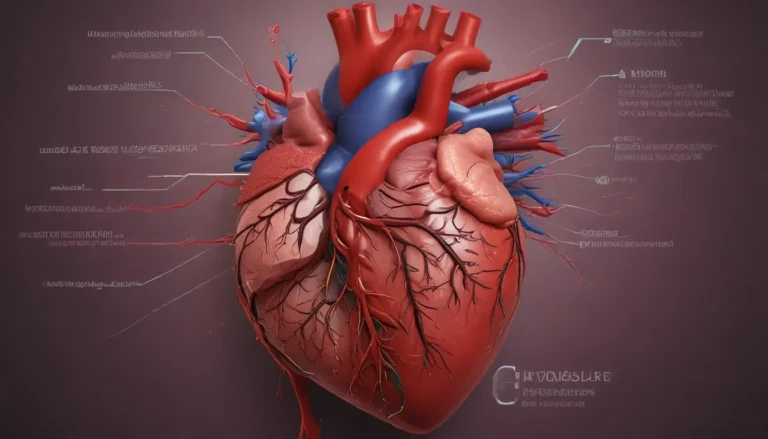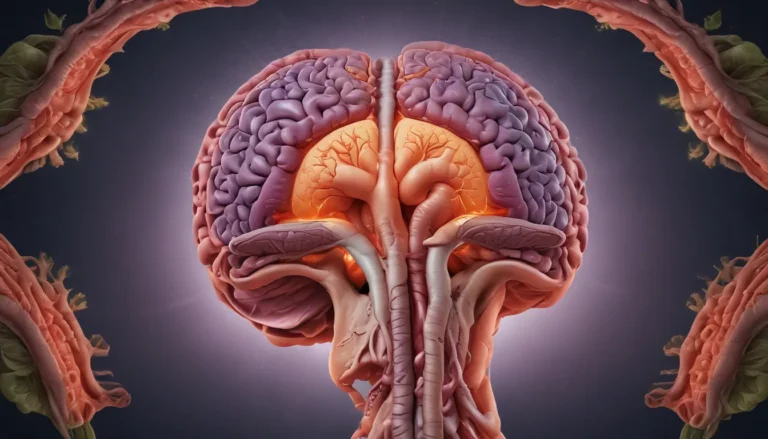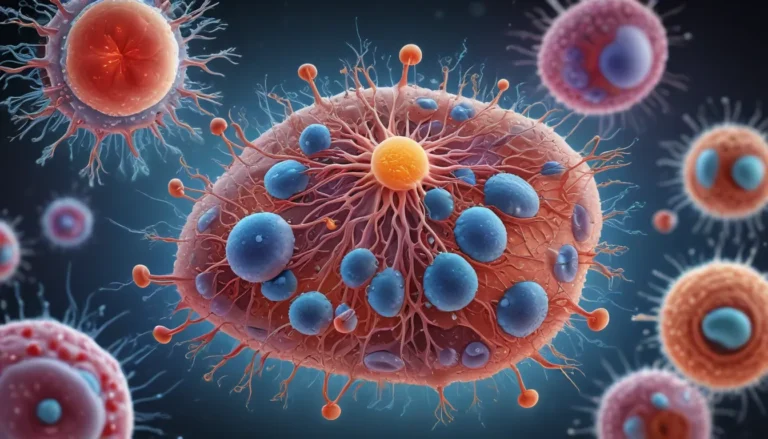A Note About Images: The images used in our articles are for illustration purposes only and may not exactly match the content. They are meant to engage readers, but the text should be relied upon for accurate information.
Homeostatic control is the undercover superhero within our bodies, tirelessly working behind the scenes to ensure everything stays in equilibrium. From regulating temperature and blood sugar levels to maintaining emotional stability, this intricate process plays a pivotal role in keeping us healthy. Join us on a journey to unravel 17 astonishing facts about homeostatic control that will open your eyes to the wonders of this fundamental biological mechanism.
Understanding Homeostasis: A Balancing Act Within the Body
Homeostasis serves as the body’s internal maintenance crew, constantly monitoring and adjusting to keep internal conditions stable despite external changes. This essential process is crucial for cells, tissues, and organs to function optimally.
The Hypothalamus: The Maestro of Homeostatic Control
Nestled in the brain, the hypothalamus takes center stage in overseeing various bodily functions to maintain homeostasis. Acting as a control center, it receives signals from different body parts and orchestrates appropriate responses.
Temperature Regulation: A Delicate Dance of Homeostasis
Homeostatic control shines in its ability to regulate body temperature within a narrow range. The hypothalamus detects temperature changes and triggers mechanisms like sweating or shivering to maintain the body’s ideal temperature.
Keeping Blood Sugar Levels in Check: The Precision of Homeostasis
The body meticulously manages blood sugar levels through hormones like insulin and glucagon, ensuring glucose uptake, storage, and release are balanced for stable blood sugar.
pH Balance: Maintaining Harmony Within the Body
Homeostasis maintains specific pH levels in bodily fluids and tissues, supporting optimal cell and organ function by controlling the acid-base balance.
Kidneys: Guardians of Fluid and Electrolyte Balance
The kidneys act as vital players in homeostatic control, filtering waste, balancing fluids, and regulating electrolytes to maintain equilibrium and support bodily functions.
Blood Pressure Regulation: Homeostasis in Action
Through intricate mechanisms like the renin-angiotensin-aldosterone system, homeostasis works to regulate blood pressure and ensure adequate blood flow throughout the body.
Appetite and Metabolism: A Balancing Act of Homeostatic Control
Homeostasis influences hunger cues and metabolic rate to maintain energy balance, contributing to the regulation of body weight.
Sleep-Wake Cycle: Harmonizing with Homeostasis
Homeostatic mechanisms control the circadian rhythm, ensuring a healthy sleep pattern and sufficient rest for the body.
Immune System Support: Homeostasis and Pathogen Defense
Homeostatic control regulates immune cell production and activity, safeguarding the body against pathogens while preventing excessive immune responses.
Cognitive Function: Homeostasis for the Brain
Stable internal conditions maintained by homeostasis are crucial for optimal brain function, ensuring a steady supply of nutrients, oxygen, and waste removal for cognitive health.
Emotional Regulation: Mood Balance Through Homeostasis
Homeostasis contributes to emotional stability by managing neurotransmitter and hormone release involved in mood regulation.
Bone Health: Homeostasis and Calcium Regulation
Hormones like parathyroid hormone and calcitonin, guided by homeostatic control, regulate calcium levels for proper bone density and health.
Genetic Influence on Homeostatic Control
Genetic variations can impact an organism’s ability to maintain homeostasis, potentially increasing susceptibility to certain diseases.
Stress and Homeostasis: a Sensitive Balance
Chronic stress can disrupt homeostatic mechanisms, leading to imbalances in bodily functions and an increased risk of stress-related disorders.
Age and Homeostatic Control: Navigating Changes
As we age, the body’s homeostatic abilities may diminish, resulting in gradual declines in physiological functions.
The Dynamic Nature of Homeostatic Control
Homeostasis is a complex network of interactions between body systems, hormones, and feedback loops, ensuring the body’s stability and optimal performance.
Conclusion: Celebrating Homeostatic Harmony
In conclusion, homeostatic control is a captivating and vital process in biology that allows our bodies to thrive in a changing environment. Understanding these mechanisms not only sheds light on our physiological functions but also holds promise for medical advancements and treatments.
FAQs: Navigating Homeostatic Curiosities
Q: What is homeostatic control?
A: Homeostatic control refers to an organism’s ability to maintain internal stability despite external fluctuations, using regulatory mechanisms to monitor and adjust physiological variables.
Q: Why is homeostatic control important?
A: Homeostasis is crucial for optimal bodily function, ensuring stability in variables like temperature, pH, and blood sugar to support overall health.
Q: How does homeostatic control work?
A: Through feedback loops, sensors detect deviations from set points, triggering control centers to adjust processes and bring variables back to normal ranges.
Q: Can homeostatic control be disrupted?
A: Yes, factors like aging, genetics, stress, or lifestyle choices can disrupt homeostasis, leading to imbalances or diseases.
Q: Can we manipulate homeostatic control?
A: Some medical interventions can restore balance in compromised homeostasis, but understanding the delicate balance is crucial to avoid unintended consequences.
Embark on a captivating exploration into the intricate world of homeostatic control, where each fact unveils the marvels of how our bodies maintain equilibrium and thrive. Join us in celebrating the wonders of this fundamental biological process that keeps us in perfect harmony with the ever-changing external world.






